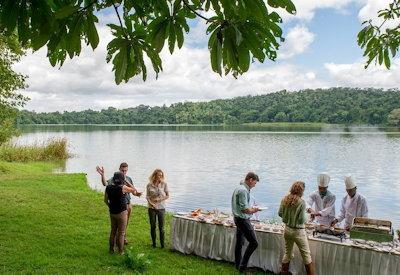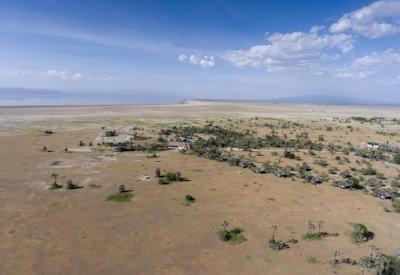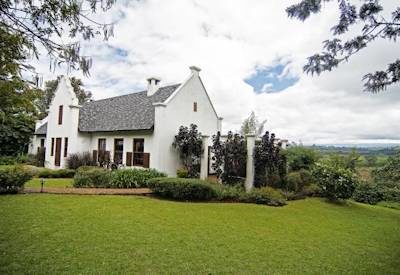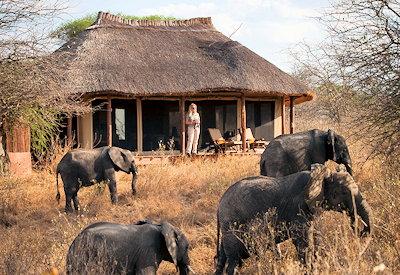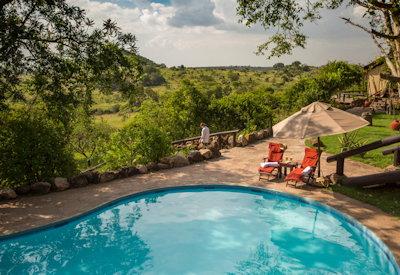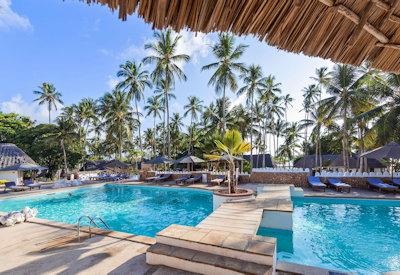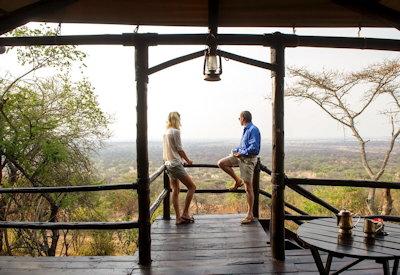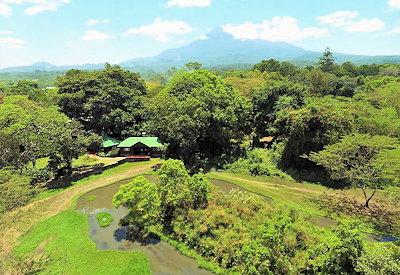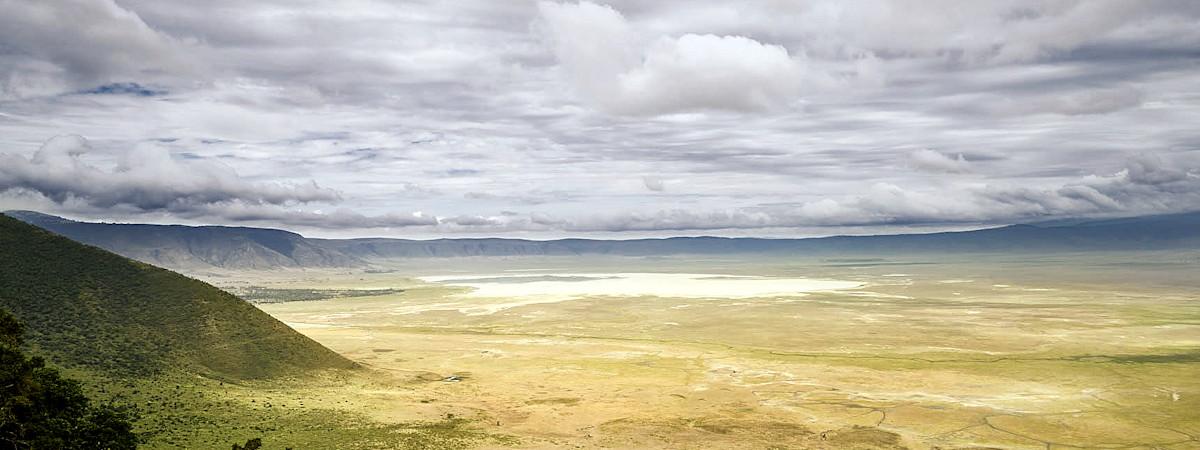
The question is: When is the best time for a safari in Tanzania?
The easiest way to answer this question is; when you have the time free to travel. For example, when travelling with the family in tow, we all have to work around school breaks/ holidays. Another example, as working adults, the companies we work for might only sign off on leave during a certain time of year. So with that in mind, 90% of the time, the best time for Safaris in Tanzania is when you have the free time to get here.
With that being said, we will below highlight the best time of the year for specific safari and hiking destinations.
For temperature and weather charts have a look at this link: When To Visit Tanzania
Best Time To View The Serengeti Migration
The Serengeti Migration is a spectacular event in the Serengeti National Park in northern Tanzania. The migration is an annual occurrence, with over 1.5 million wildebeests and 200,000 zebras making the journey. The animals travel from the Serengeti to the Masai Mara National Reserve in Kenya in search of better grazing land.
See the below map for a +- location of where the migration will be dependent on the time of year.
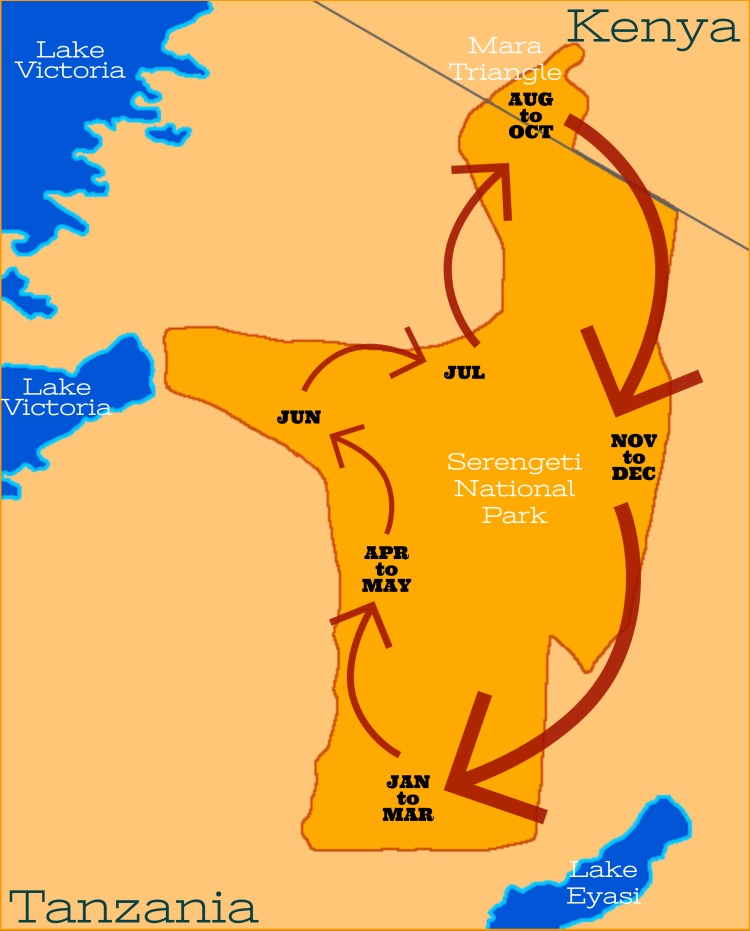
Note: From August to October, the migration is in Kenya and the Masai Mara Triangle.
Best Time For Wildlife In Tanzania
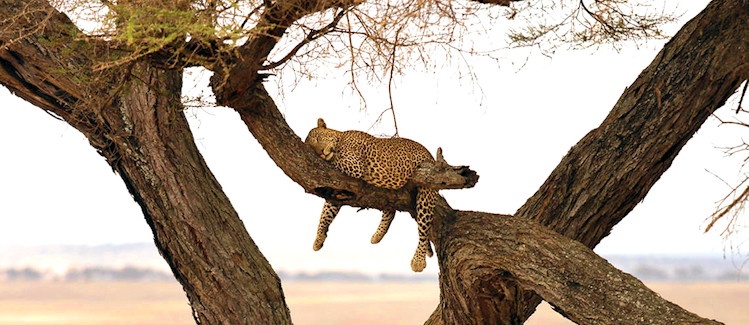
Overall, the best time for the country and including all parks is July through to October (four months).
The best time (peak Season) for visiting the northern circuit national parks (Serengeti, Ngorongoro and Tarangire) is July to October, with November to February offering good wildlife sightings. All offer months offer fair/okay sightings.
While the rainy season (March to May) has its drawbacks, it's still an excellent time to visit Tanzania if you're looking for an adventure or something budget orientated.
Rainy season - March to May
Dry season - June to October
Best Time For Birding In Tanzania
Year-round birding is excellent in all regions of the country, summer being the best with the addition of migratory birds. Home to just over 400 species, Tanzania's must-visit birding destinations include the Serengeti, Ngorongoro and Lake Victoria in the north and Selous and Ruaha reserves in the south.
Best for birding, summer months between November and March.
Best Time To Climb Mount Kilimanjaro
The best months to hike Mount Kilimanjaro are;
- January to Mid-March, with February being the best.
- Mid-June to October, with August and September being best.
The above two periods offer clear skies with great views and the best in weather compared to the other months of the year. It must be noted that weather conditions on any mountain can change dramatically, regardless of the month.
The months to try and avoid are November and April; weather can and most often does make the trails dangerous.
Nestled in the Great Rift Valley, Tanzania is a country of endless adventure and natural wonder. The best time for safari in Tanzania varies depending on what kinds of animals you're looking to see--but there's never a bad time to visit! For excellent wildlife viewing opportunities, try July through October when it rains less frequently. If birding or climbing Mount Kilimanjaro is your thing, summer months offer clear skies with views that will take your breath away. All year long offers chances at excellent adventures but be sure to double-check weather conditions before setting out into any region of this beautiful country!
Arusha Serena Hotel
Arusha Serena Hotel is surrounded by coffee plantations and rolling hills, on the shores of Lake Duluti, near to Arusha, the gateway town of Tanzania's spectacular national parks.
The perfect hotel in Arusha to relax before or after your Tanzania or East Africa Safari.
Maramboi Tented Camp
Maramboi Tented Camp offers permanent accommodation facilities and endless vistas of rolling golden grasslands and palm-lined desert between Tarangire and Lake Manyara; accommodation is ten spacious tents on generous, ample wooden decks.
Maramboi Tented Camp is surrounded by an area of plains with Lake Manyara in the distance; wildlife sightings here are exceptional.
The Manor at Ngorongoro
The Manor at Ngorongoro, with 19 rooms is perfectly positioned adjacent to the famous Ngorongoro crater all within a 1500-acre Arabica coffee estate.
One of the first safari lodges of its kind to blend East African hospitality with old-world Afro-European architecture and decor.
Little Oliver's Camp
Little Olivers Camp, with just five tented suites in the heart of Tarangire National Park, offers up an intimate and personal experience for small groups or families.
Little Olivers is small enough for it to be called your own personal safari camp in the Tarangire.
Serengeti Migration Camp
Migration Camp is an upmarket tented camp, located in absolute isolation among the wide flat rocks and acacia of the Serengeti, above a northern Grumeti River; the camp exudes a decadence reminiscent of old Africa.
For those seeking out the very best safari adventure to witness the wildebeest migration, this Serengeti camp is for you.
Diamonds Mapenzi Beach Club
On the East Coast in a secluded tropical setting, the Mapenzi Beach Club is set above a powdery white sand beach about 50 minutes from Stonetown and about one hour from the airport, comfortable accommodation refined in every detail.
The perfect beach lodge with white sand beaches and an exceptional beach bar. One of Zanzibar's best.Kirawira Serena Camp
Kirawira Serena Camp, standing high on the bluff of a bush-cloaked ridge, commanding panoramic views over the endlessly rolling reaches and volcanic reefs of the National Park, is the epitome of colonially-styled safari luxury.
Serengeti National Park and the wildebeest migration are a must view from Kirawira camp.
Mount Meru Game Lodge
Mount Meru Game Lodge and wildlife sanctuary not far at all from the Tanzania town of Arusha is set in beautiful and tranquil surroundings with magnificent views of Mount Kilimanjaro.
The Game Lodge near Arusha forms part of a wildlife sanctuary and provides guests and especially children, the chance to get up close and personal with many of the orphaned animals and birds.

